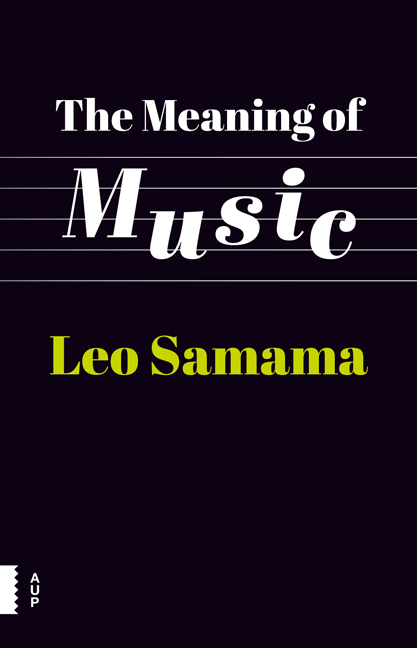Summary
Although strictly speaking, music consists exclusively of sounds, it can equally be seen as a language, comparable to our spoken language but composed of sounds: a wordless language or, to formulate it more elegantly, a non-verbal means of communication. In a piece of music, as in a discussion, signals are sent and signals are received, but music cannot transmit concrete linguistic meanings. ‘Shall we get a cup of coffee?’ cannot be expressed through music. In that sense, music is not connected to the concrete world of things. Music cannot express ‘tree’, or ‘cow’ or ‘square’ or ‘circle’; at least, it will not be able to do so for as long as we avoid making music into a language with its own grammar as it applies to spoken language, and as long as we agree not to set meanings for a particular harmony or a particular sequence of tones.
Something along these lines has been tried in the past, such as in the musical rhetoric of the 17th and 18th centuries, but musical language has never achieved an unambiguous interpretation. Users of this language have often resorted to generalities: a descending chromatic line for suffering or death, the crossing of voices for the crucifixion of Christ, certain harmonic twists that might be interpreted as punctuation (a comma, a dash or an exclamation mark), but music still cannot express ‘tree’ or ‘circle’. The Moldau by Smetana doesn't portray a river, however strongly that is suggested by the title. Anyone who hears Smetana's music without further explanation might imagine anything which moves up and down or back and forth: trees in the wind, clouds in the firmament, waves on the sea, and, of course, the water of a river. But it isn't a river; it can at best suggest a river. We still need the language of words to guide us towards those thoughts.
In fact, the sounds that make up a piece of music are meaningless: pure sound waves that belong in the field of physics. As listeners, we can give meaning to these sounds or sound waves.
- Type
- Chapter
- Information
- Meaning of Music , pp. 43 - 52Publisher: Amsterdam University PressPrint publication year: 2016



